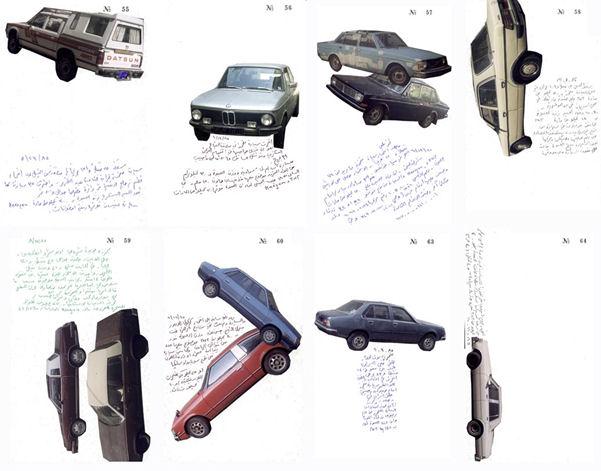Middle Eastern Modernities c. 1850-2011

This paper examines the manifold ways in which the inhabitants of the region we now call the ‘Middle East’ have engaged with modernity in its various manifestations. The paper takes the Arab world—the Arab states of the Levant, North Africa, and the Arabian Peninsula—as its central focus. Plotting a chronological and thematic course through the history of the region’s societies, the paper looks at the attempts of its rulers and peoples to craft, customise, and recalibrate discourses and practices they thought of as distinctively modern.
Over the past century-and-a-half, the political, social, economic, cultural, and intellectual lives of the people of the Arab world have been defined by consistent efforts to make sense of, give meaning to, and interrogate the novel facts of modernity. Instead of a reductive stress on religion, repression, international conflict, or forced displacement, this paper places the people of the region front-and-centre, examining their lives and changing experiences.
The paper begins in the mid-nineteenth century with the Ottoman Tanzimat reforms and the intellectual innovations of the Arabic Nahda, or ‘awakening’, and ends with the Arab uprisings of 2011 and their continuing legacies. Along the way, it considers themes such as nationalism; gender and the changing meanings of femininity; Arab visions of sovereignty, development, and global order in the time of decolonisation; and the Arab neoliberalism of the late twentieth and early twenty-first centuries.
This paper aims to provide an overview of these overarching themes in the modern history of the Arab world, while allowing students to develop an understanding of the history of particular countries and regions.
To do so, the paper draws on the perspectives of political, social, cultural, economic, and intellectual history, but also from other disciplines such as anthropology, sociology, and urban studies. The course thus aims to familiarise students with a variety of historiographical debates and disciplinary approaches. It also undertakes to understand the ways in which the Arab world’s engagements and entanglements with the world beyond—whether in the form of imperial encroachment, colonial settlement and economic exchange, or intellectual and cultural interchange—have shaped its history. The Middle East, this paper suggests, cannot be considered in isolation as an exceptional space, but must be set within broader global trends.
Image: The Atlas Group, Already been in a lake of fire (1975-2002)
This work by the Lebanese artist Walid Raad, working under the name The Atlas Group, shows a number of pages purportedly drawn from the notebooks of Dr Fadl Fakhouri, a Beirut physician who set about cataloguing every car bomb which struck his native city in the course of the Lebanese civil war (1975-1990).
In truth, these images, and the accompanying notes, are works of fiction, false archival pieces put together by Raad. Alongside his other work, they form part of an ongoing contemplation on conflict and the postcolonial condition, history and memory, remembering and forgetting, and the archive as artefact, which is at once poignant and often mordantly amusing.
This material is intended for current students but will be interesting to prospective students. It is indicative only.
